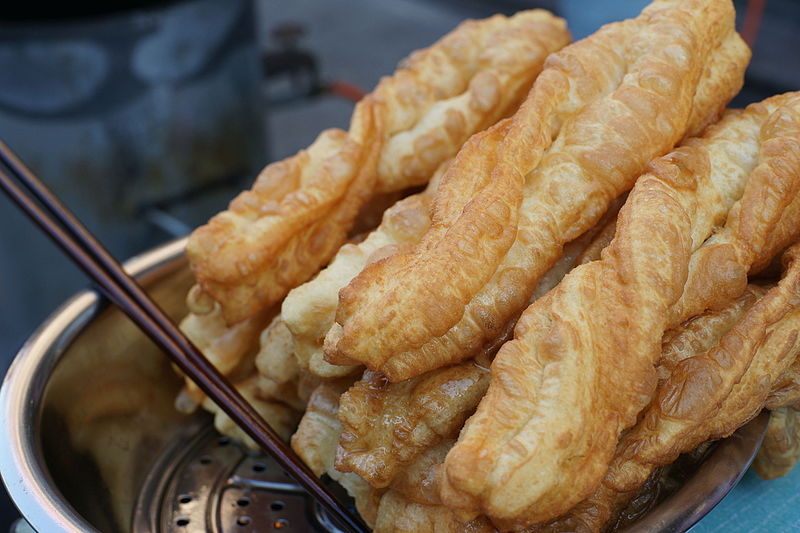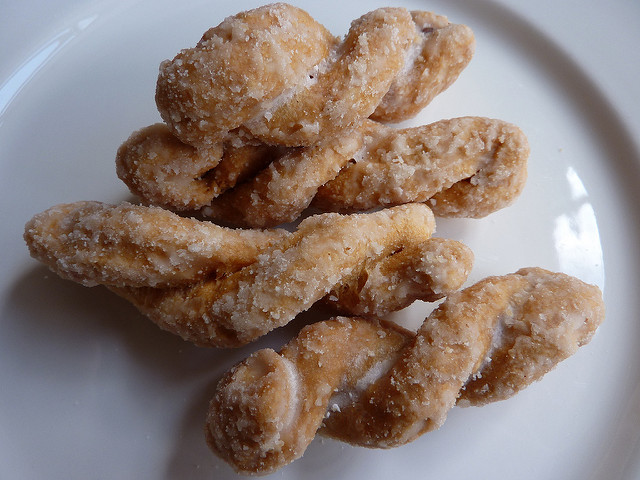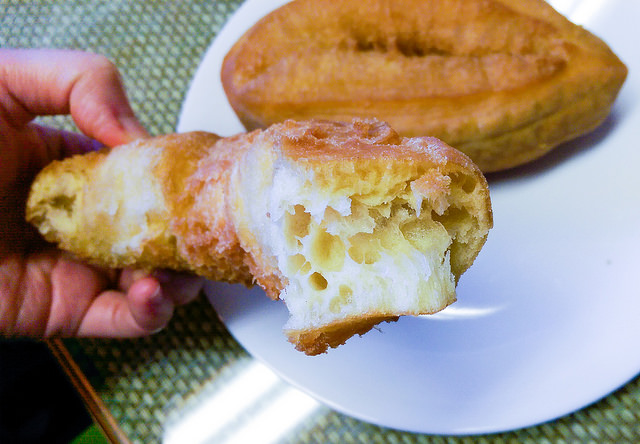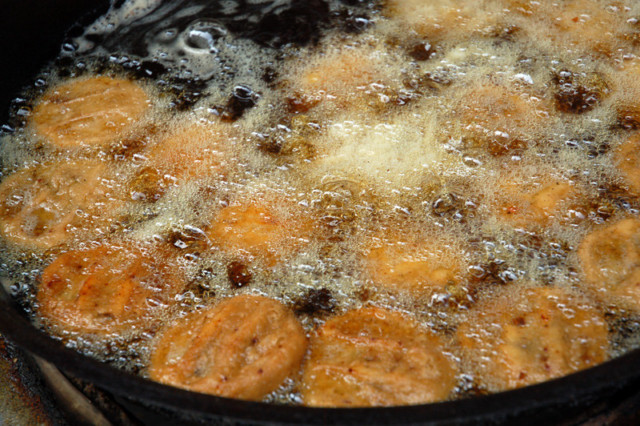The first Friday of June is National Doughnut Day in the United States. While the day may seem silly and light-hearted, it actually has some significant origins.

Cover of the Salvation Army Magazine “War Cry”, November 9, 1918, depicting “Doughnut Dollies”- American volunteers serving in France.
The first doughnut day was created by the Salvation Army in 1938 as a fundraiser and to commemorate “doughnut lassies,” female Salvation Army volunteers who provided writing supplies, stamps, clothes-mending, home-cooked meals, and doughnuts for soldiers on the front lines, according to the organization.
About 250 Salvation Army volunteers provided assistance to American soldiers in France starting in 1917 during World War I.
Due to limited resources, the treats were fried, only seven at a time, the organization said. The Salvation Army’s Ensign Margaret Sheldon and Adjutant Helen Purviance even thought of frying donuts in soldiers’ helmets, the organization added.
Rations were poor so the donut idea was conceived as a means of bringing the soldiers cheer, the Salvation Army website said.
Today it’s still a fundraiser for the Salvation Army, as well as a way for bakeries nationwide to offer free doughnuts to the public.
But fried dough is not only enjoyed in the United States, around the world consumers love the billowy, crispy snacks in both savory and sweet forms.
5 versions of fried dough popular in China:
Youtiao

(Photo by Popo le Chien)
Literally translated as fried dough sticks, youtiao are a popular breakfast food in China. The outside texture is crispy while the inside has many air pockets and is chewy.
Matuan

(Photo by sstrieu)
These fried pastry ball have a sweet filling that is mad eof bean paste or sesame paste. They are made of glutinous rice flour and rolled in sesame seeds and deep fried.
Ma Hua

(Photo by kattebelletje)
Similiar in look to a cruller, this fried dough is hard and crispy and slightly hollow and and coated with glazed sugar.
Shuangbaotai

(Photo by Sjschen)
This sweet fried dough originates in Taiwan and has a crisp shell and a chewy and hollow interior. Two pieces of dough are stuck together and when fried, separate slightly, thus giving them name shuangbaotai, which means twins in Chinese.
Ox-tongue pastry

(Photo by sstrieu)
This dough is popular in south China and its shape resembles an ox tongue, hence the name. It’s like a sweeter version of a youtiao.
 CGTN America
CGTN America (Photo by
(Photo by 